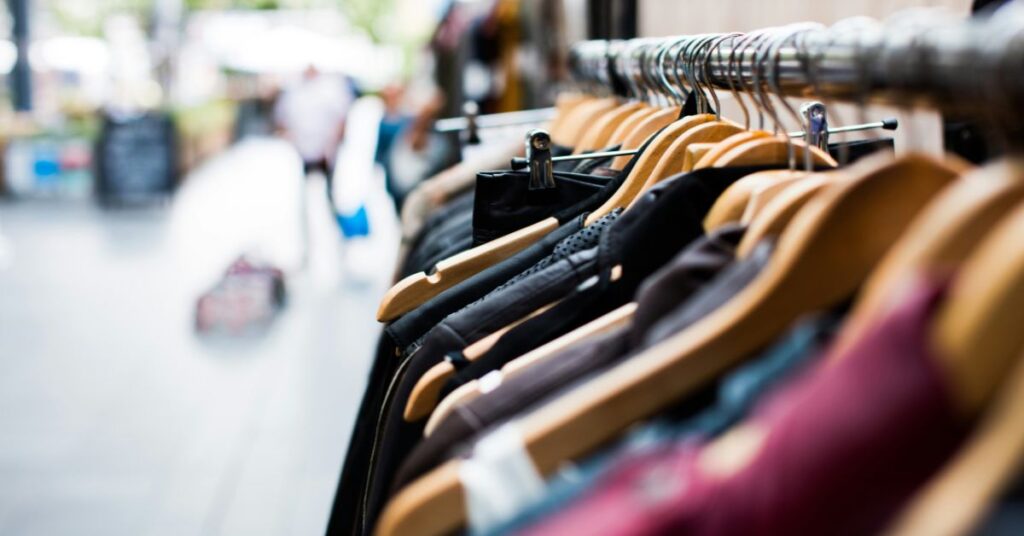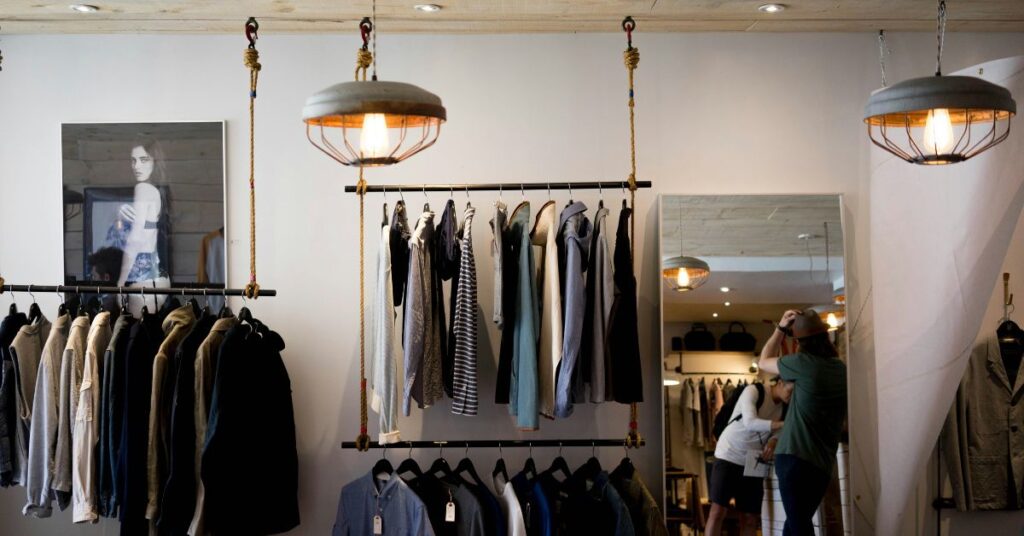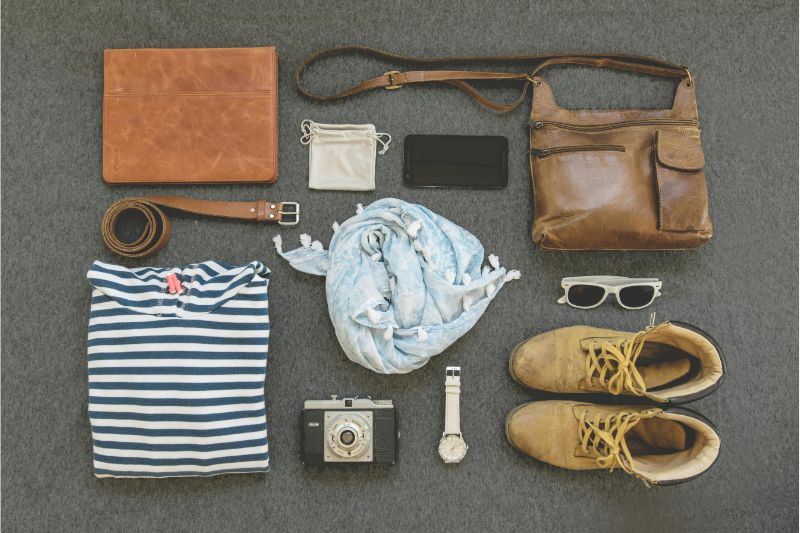Raquel Calandra, a year 11 student, feels the burden of following the rapidly evolving trends in fashion. Growing up in the internet era exposes young people to these trends more than others. Try-on videos, influencer collaborations, product unpacking, and advertising are all over social media feeds.
Calandra, an inner-west Sydney student at Santa Sabina College, said, “I go to a lot of parties and every time I go out, I’m like, ‘I need a new outfit.'”
“Today is typical. Nothing may be worn more than once.”
Presenting ultra-fast fashion, which is distinguished by even shorter trends and production cycles than its forerunner. It’s everywhere, inexpensive, and easily accessible. Year 12 student Lucy Gee remarked, “It’s always in your face—online, on buses, on buildings.”
Trends change so rapidly. I suppose it’s natural to follow them, especially because fast fashion is so affordable and convenient. However, this generation that cares about the environment is also conscious of how their purchasing patterns affect the environment. The students faced a reckoning last year.
Following their discovery that Australians were among the biggest fashion customers, Gee and a group of Santa Sabina senior students decided to open a secondhand clothing store.
“We [realised] we can sell really cheap clothes, just like fast fashion, and we can also be really, really convenient,” Gee stated.
Now open two lunchtimes a week, Santa Style is a regular feature on campus. In addition, the kids manage an Instagram profile and an online store. They opted to set a $20 price cap for everything, including designer labels like Zimmermann, Aje, and Carla Zampatti, keeping the cost of living crisis in mind.
Someone else can wear the item you brought that you won’t be wearing again. Nothing is being thrown away. Instead of spending $100 on a dress that I would only wear once, [and] I can genuinely afford stuff here,” Calandra remarked.
After Gee and the other senior students graduate, Calandra and another student, Emma Wong, who is also in Year 11, will take over the operations the following year.
Wong has been promoting the idea by visiting other local schools this month.
“They don’t have to be this enormous company. It’s possible to start small and have a big influence, she remarked.

Australia is the world’s largest fashion consumer. According to statistics from the Australia Institute, Australia has surpassed the US as the world’s largest consumer of clothing, shoes, and bags on a per capita basis. The majority of this is fast fashion that is thrown in the trash.
Based on the data, which was released last month, the average Australian purchases 56 new goods annually at an average cost of $13, which is significantly less than what people in the US, UK, Japan, and Brazil spend on similar items.
In Australia, almost 200,000 tonnes of textile waste—the weight of nearly four Sydney Harbour Bridges—end up in landfills as a result of clothing disposal.
The director of the Australia Institute’s circular economy and trash program, Nina Gbor, stated that an extra 100,000 tonnes are shipped to the Global South.
The speaker stated that we shouldn’t be contaminating other nations’ ecosystems with garments made of plastic derived from fossil fuels. After reducing it at the source, we should recycle and reuse the materials.
An alert industry
Beginning on Monday, the National Clothing Product Stewardship Scheme is a new effort launched by Environment Minister Tanya Plibersek in an attempt to solve this issue. Reducing clothes consumption is “an incredible challenge for us as a country,” according to Plibersek, who made this statement earlier this month at the initiative’s Sydney launch event.
“It’s a really serious environmental problem, particularly as we’re seeing a very high volume of very low-cost fashion,” she said. By changing the way clothing is created, worn, recycled, and reused in Australia, the Seamless initiative seeks to achieve circularity by 2030.
62 businesses, including Big W, Cotton On, David Jones, Lorna Jane, Rip Curl, RM Williams, Sussan Group, and The Iconic, have signed on in the 12 months after the program was established, even though participation is voluntary.
Starting on July 1st, participating companies will have to pay a four-cent fee for every new item of clothing that is sold.
The money will be used to assist company initiatives and training that will lower waste, promote environmentally friendly product design, and inform customers.
Although the levy is too small, according to Gbor, this is a decent place to start.
“While it’s encouraging to see the government taking action to reduce the amount of wasted clothing in our nation, it’s sadly insufficient. We require the charge to be closer to fifty cents per garment,” the woman stated.
According to Gbor, the problem might also be resolved by prohibiting the export of textile waste. She wants Australia to follow France’s lead, which is to charge every ultra-fast fashion item sold in the nation with a 10 euro ($16) fee and outlaw the promotion of such goods.
“We want to tax these fast fashion brands and invest that money into Australian businesses who are manufacturing using circular principles,” Gbor stated.
The current “consumer movement” in sustainability
As stated by Eloise Zoppos, research and engagement director at Monash Business School’s Australian Consumer and Retail Studies, Australian customers of all ages are becoming more conscious of the social and environmental consequences of their purchases.
According to her, customer demand is driving sustainability, not fashion.
“What we’re finding, both in our research and in the larger trend across Australia and globally, is, particularly [amid] the cost of living crisis, people are looking for new and different ways to engage in sustainable behaviours and really shop according to their values,” she explained.
“More and more people are shopping for second-hand or pre-owned goods.”

Digital media is also starting to see this trend. An increasing number of content creators are organizing against fast fashion, despite social media’s frequent criticism for encouraging an excessively consumerism-focused culture.
Among them is writer and podcaster Maggie Zhou from Melbourne.
She decided to change her Instagram profile in 2019 to one that favored slow fashion. “Previous to that, I had been working with fast fashion brands, accepting gifted products, wearing their new clothes,” Zhou explained.
“[It was] so fun, so sparkly and really alluring but after a while it left a sour taste in my mouth.”
Zhou stated that although the influencer market is still dominated by fast fashion, there has been significant advancement in recent years.
“There are still not many of us in Australia, but since TikTok became popular, I’ve seen a lot of creative individuals post pictures of their up-cycling ensembles and their op-shopping experiences. It appears to be expanding, but very slowly.
Gbor is also a strong proponent of giving our existing possessions new looks.
“Re-styling refers to putting a single item of clothing to several uses. By layering and accessorizing, you may wear your outfits longer and in more creative ways when you create those new combinations,” the speaker stated.
“You can have a brand new wardrobe without buying anything new.”
Another approach to updating your wardrobe, according to her, is to swap out your clothes.
Even when it’s not exactly brand-new, you still get that dopamine rush. Free shopping is done, and garments are kept out of landfills.
(Tashia Bernardus)
